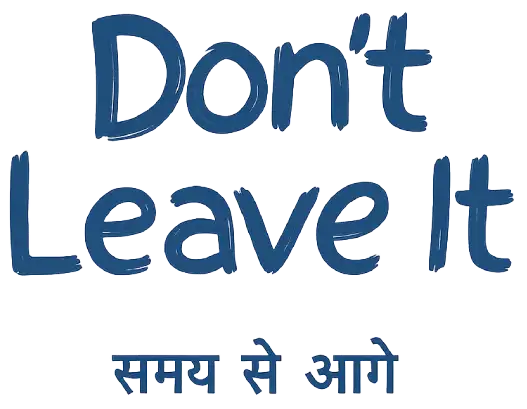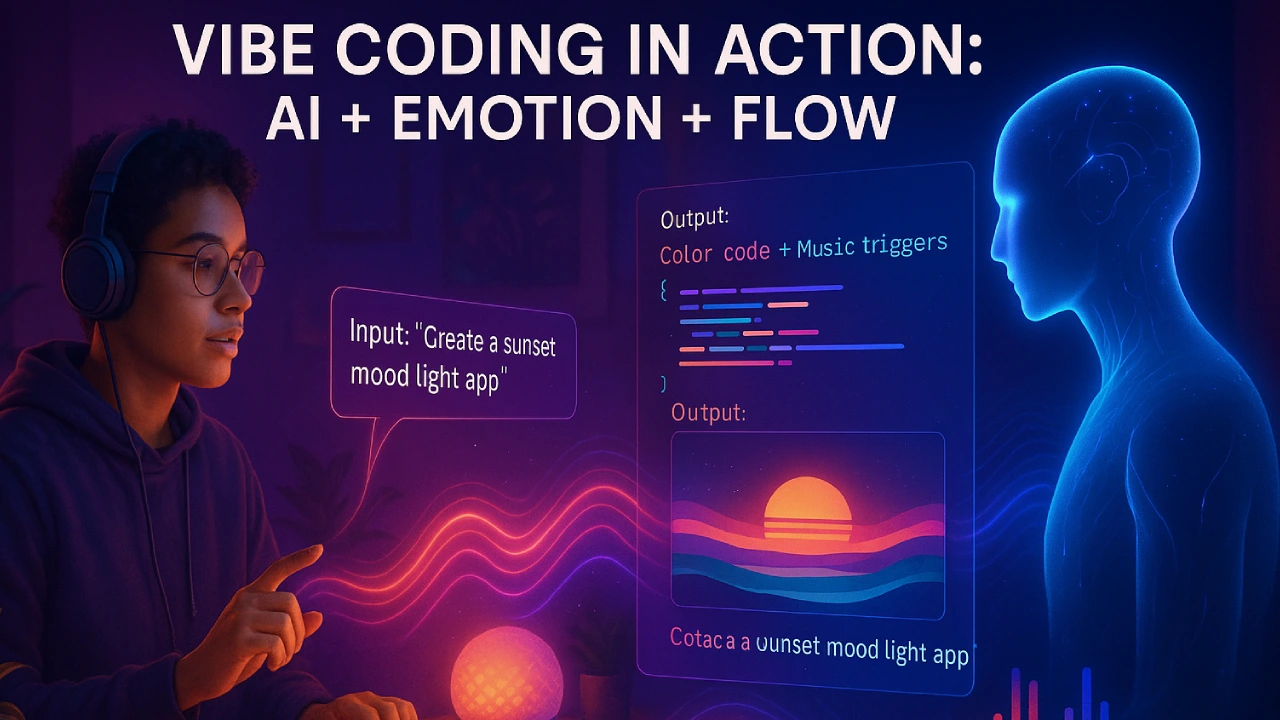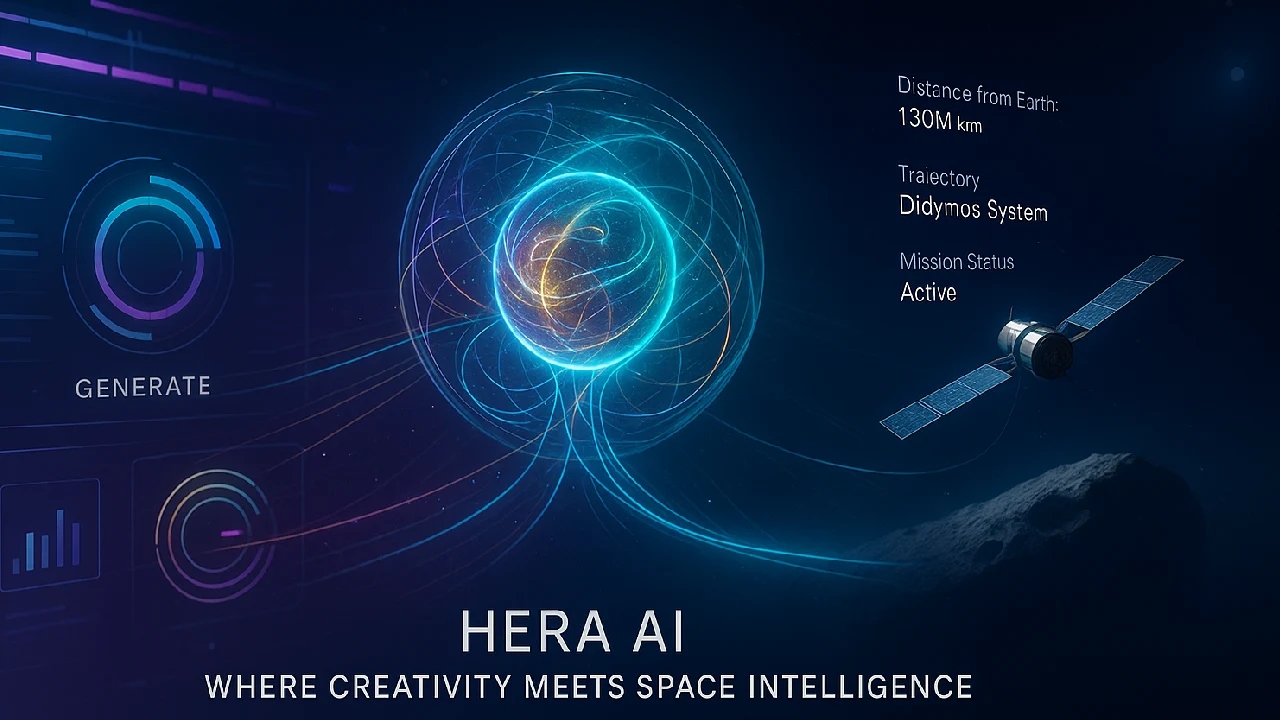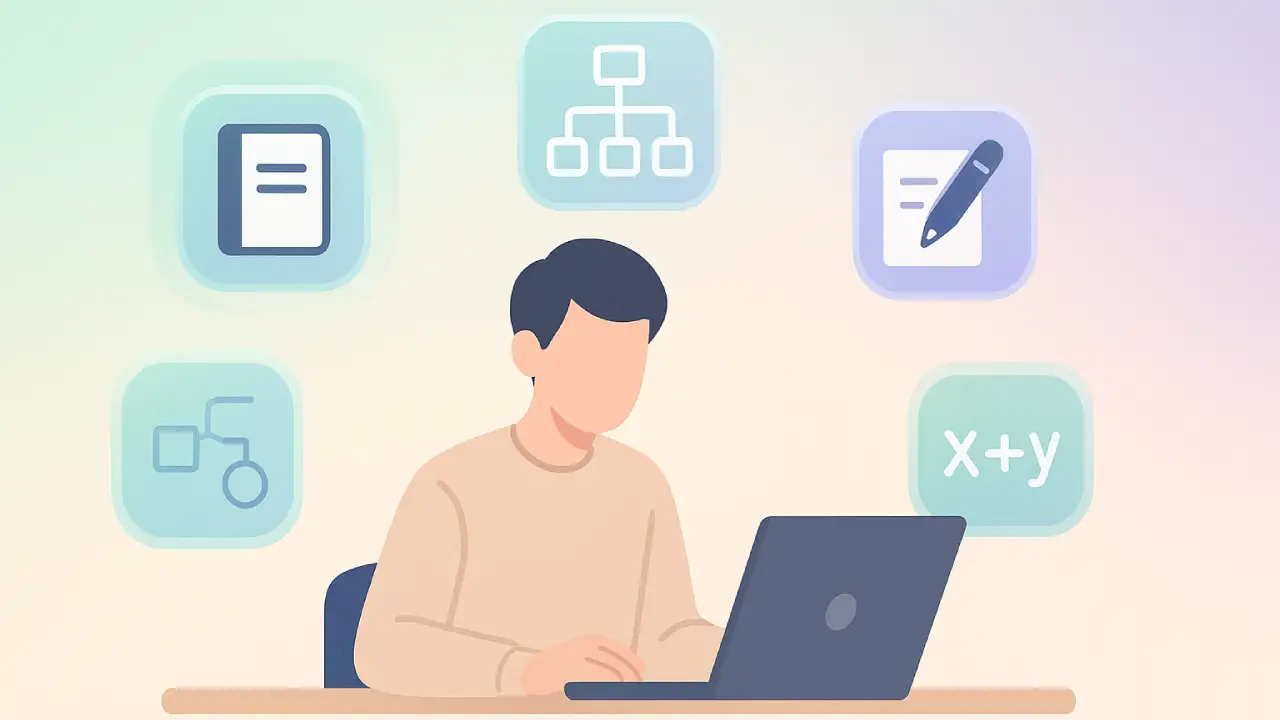In early 2025, Andrej Karpathy introduced the world to a revolutionary new software development style: vibe coding. But what does vibe coding mean? Simply put, it’s a fast, improvisational, and AI-powered way of building software where developers use natural language and creativity instead of strict syntax to create interactive, expressive digital experiences.
This blog explores vibe coding in depth, answering questions like “Does vibe coding work?”, giving real-world examples of vibe coding, and breaking down the benefits, tools, and limitations of this emerging movement.
What Is Vibe Coding?
Vibe coding is a form of DIY programming that blends human creativity with artificial intelligence. Rather than writing code line-by-line, a vibe coder guides a Large Language Model (LLM) using conversational prompts, usually in English to generate and iterate on source code. The goal isn’t technical perfection but rather to capture a mood, feeling, or personal “vibe” in a digital form.
Key Characteristics:
- Natural Language First: Use plain English, not syntax.
- AI Performs the Primary Tasks: The model generates, debugs, and iterates code.
- Emotional Flow Matters: It’s about staying in a “creative flow state.”
- Prototype Over Perfection: It’s fine if the result isn’t production-grade it’s more important that it feels right.
Getting Started with Vibe Coding
Do you have questions about how to apply vibe coding or where to start? Here’s a quick 101:
Tools You Can Use:
| Tool | Purpose |
|---|---|
| Replit | A great browser-based IDE supporting LLM integration (see vibe coding 101 with Replit) |
| GPT-based tools | Generate and debug code via conversational prompts |
| p5.js or Processing | For creative coding visualizations |
| TouchDesigner or Sonic Pi | For audio-visual live vibe generation |
First Project Ideas:
- Build a playlist generator that matches your mood.
- Code a visualizer that responds to ambient noise.
- Create a smart light controller based on your feelings.
Real Examples of Vibe Coding
The beauty of vibe coding is its diversity. Here are a few vibe coding examples:
- Interactive digital art that reacts to music or touch
- Custom smart home scripts for “chill mode” lighting
- AI-generated playlists that evolve with your activity
- Personal dashboards that reflect your mood with colors, sound, and animation
Why Vibe Coding Is So Powerful
Vibe coding isn’t just a trend. Here’s why it’s gaining real traction in developer and artist communities:
Benefits:
- Accessibility: Great for non-programmers or beginners
- Rapid Prototyping: Build faster without worrying about syntax
- Creative Freedom: More time to explore artistic intent
- Self-Expression: Use code like paint or music to express yourself
- Wellness & Mindfulness: Many find the process therapeutic and immersive
And yes — vibe coding works, especially for passion projects, prototypes, and personal tools.
Is Vibe Coding Bad for Serious Development?
While powerful, vibe coding isn’t perfect — and some critics ask: is vibe coding bad? The answer depends on the context.
Limitations:
- Code Understanding: You might not fully grasp the AI-generated code.
- Debugging Difficulties: Fixing errors can be tough if you didn’t write the original logic.
- Security Risks: LLMs can introduce vulnerabilities if used blindly.
- Not Ideal for Production Systems: Vibe coding works best for creativity, not for large-scale enterprise codebases.
How Vibe Coding Compares to Other Creative Tech Movements
Vibe coding overlaps with several tech-art forms:
- Creative Coding: Code as artistic expression (e.g., p5.js)
- Live Coding: Code-as-performance (e.g., Sonic Pi)
- Demoscene: Extreme visual creativity within technical constraints
- Agentic AI Development: Collaborating with AI agents to build autonomous experiences
Each movement shares the goal of turning programming into a medium for art, play, and storytelling.
What Makes a Great Vibe Coder?
A good vibe coder isn’t just technically sharp — they’re emotionally and artistically tuned.
Traits of a Good Vibe Coder:
- Flow-Oriented: Knows when to stop and go with the flow
- Emotionally Attuned: Designs based on mood, not just logic
- Collaborative: Shares work and welcomes feedback
- Playful and Experimental: Sees bugs and randomness as part of the art
- Minimalist: Understands that less can be more when it comes to digital “vibes”
How to Learn Vibe Coding (Tutorials & Frameworks)
You don’t need a degree in computer science to get started. There are plenty of vibe coding tutorials emerging across the web.
Recommended Resources:
- Vibe coding download kits from GitHub
- Creative coding YouTube channels like Coding Train
- Frameworks like Three.js, p5.js, and Web Audio API
- vibe coding website communities on Reddit, Discord, and Replit
Conclusion
Vibe coding is more than a coding method — it’s a cultural shift. It transforms development into an expressive, joyful, and inclusive act, where vibes matter as much as functions.
Whether you’re a pro developer curious about AI workflows or a digital artist looking to code for the first time, vibe coding opens up a new way to create, feel, and share.
So next time you ask, “What does vibe coding mean?” — Remember, it’s not just coding. It’s coding with soul.







